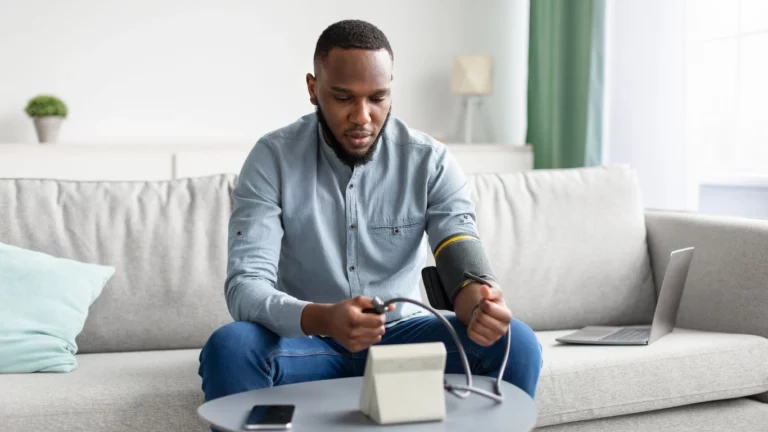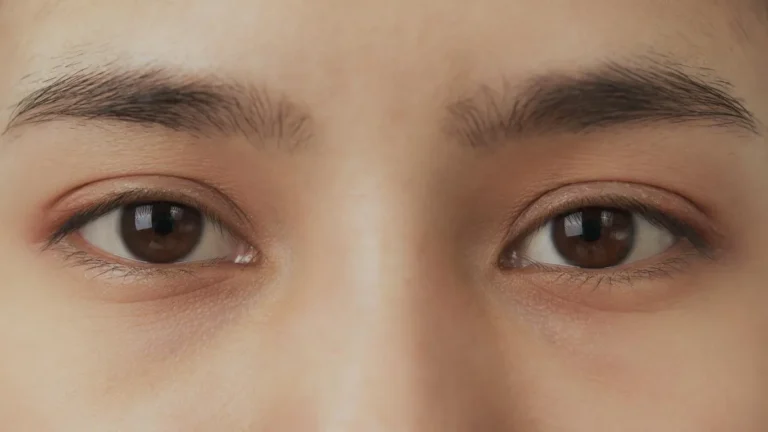Can Vitamin D Improve Blood Pressure? Surprising Truth Revealed
If you’ve ever found yourself wondering, can vitamin D improve blood pressure?, you’re not alone. This is a question I’ve been asked countless times in my clinic. As an internal medicine physician, I’ve seen a surprising number of patients managing hypertension also show signs of low vitamin D. That coincidence nudged me to start digging into the connection between these two. And let me tell you—what I found is intriguing. There’s more going on under the surface than most people realize. So, if you’re someone trying to get a handle on your blood pressure or just health-curious, you’re in the right place. Let’s talk about what vitamin D might actually be doing inside our arteries—and whether adding a little more sunshine to your life (literally or figuratively) could make a measurable difference in your BP readings.
Vitamin D and Blood Pressure: What’s the Connection?
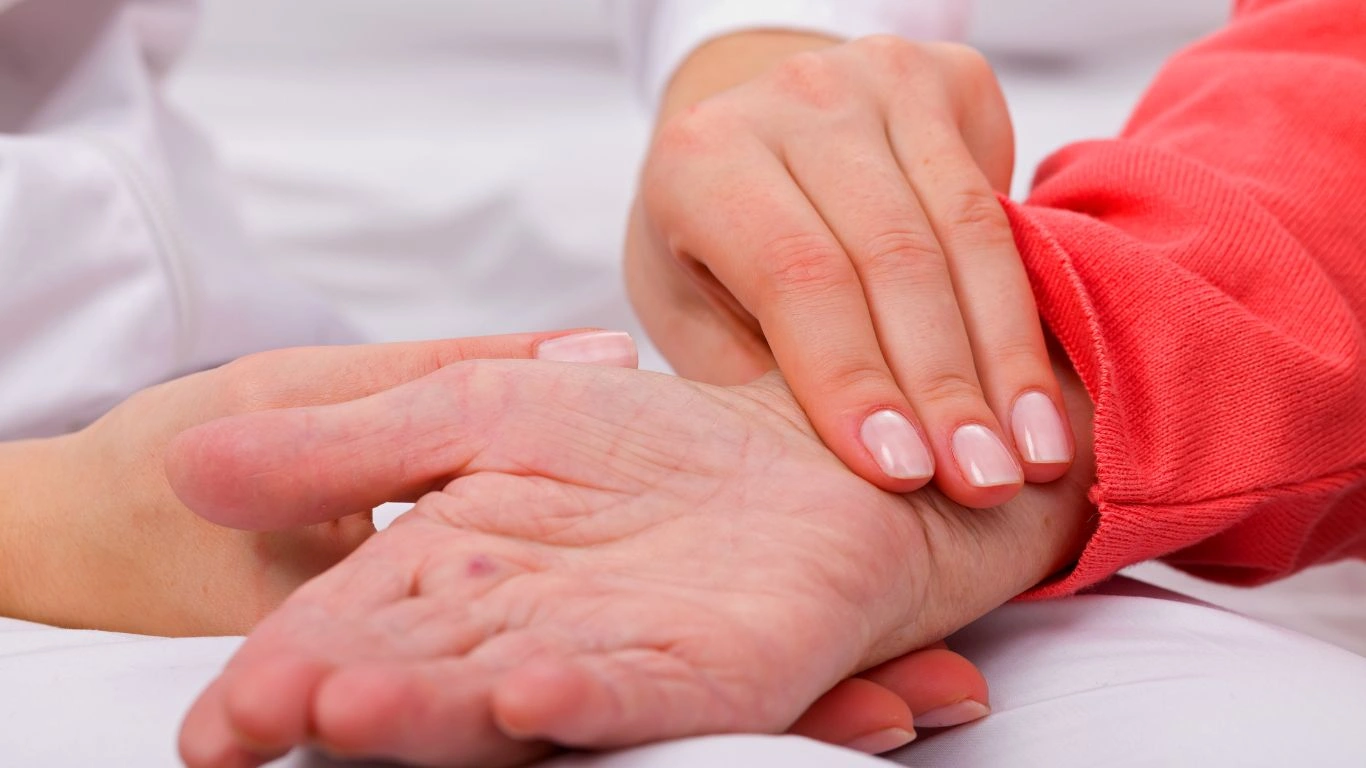
Before we dive into mechanisms and studies, let’s clarify one thing: vitamin D isn’t just for bones. Yes, it plays a well-known role in calcium absorption, but its influence extends far beyond the skeleton. What we’re learning now is that this sunshine vitamin is actually more like a hormone, interacting with various tissues and influencing everything from immune function to blood pressure regulation.
Vitamin D receptors are present in the heart, blood vessels, and kidneys—the very organs that help regulate our blood pressure. That means vitamin D could have a direct role in cardiovascular health. This isn’t just theory—real-world studies have begun shedding light on this.
The Renin-Angiotensin-Aldosterone System (RAAS) Factor
This is where things get a little nerdy—but stick with me, it’s important. One of the key mechanisms proposed is that vitamin D might help suppress the renin-angiotensin-aldosterone system (RAAS), which is essentially our body’s internal BP thermostat. When this system is overactive, blood pressure tends to spike. There’s evidence showing that vitamin D may help keep this system in check.
In fact, I’ve had patients with treatment-resistant hypertension whose vitamin D levels were shockingly low. After supplementing—and of course, still using their prescribed medications—we saw blood pressure readings inch down toward goal levels. It’s not a magic bullet, but it’s hard to ignore when you see a pattern emerge.
What the Research Says (And What It Doesn’t)

Let’s talk data. A number of observational studies have shown that people with lower vitamin D levels tend to have higher blood pressure. That’s a correlation, not necessarily causation—but it raises eyebrows.
- A 2013 meta-analysis found that vitamin D supplementation had a modest effect on lowering systolic blood pressure, especially in people who were deficient.
- Other studies have shown inconsistent results, possibly because they included participants with normal vitamin D levels to begin with.
- In my own practice, I’ve noticed the biggest improvements in patients who were clearly deficient—think levels under 20 ng/mL.
So here’s the bottom line so far: if you’re low on vitamin D and also dealing with high blood pressure, supplementing might help. But if your vitamin D levels are already in a healthy range, popping extra pills probably won’t do much for your BP.
Clinical Experience: What I See in Practice
Honestly, I’m not just looking at numbers on lab reports—I’m looking at patterns in real people. One of my patients, a 52-year-old teacher, came in with chronic hypertension and fatigue. Her vitamin D was 11 ng/mL—way under the threshold. We started her on a high-dose vitamin D3 regimen (under supervision, of course) and within two months, her BP dropped by about 10 points systolic. She wasn’t cured, but she felt better, and her energy improved too.
That’s the kind of improvement that makes you go, “Hmm, maybe we’re onto something.”
How to Know If You’re Low on Vitamin D

If you’re curious about your own vitamin D levels, here’s how you can start exploring this safely. First, ask your doctor to check your 25-hydroxyvitamin D level. That’s the gold standard blood test. Depending on where you live, your skin tone, how much time you spend outdoors, and your diet, your levels can vary widely.
- Optimal range: Generally, we aim for 30–50 ng/mL. Below 20 is considered deficient.
- Symptoms of low D: Think fatigue, bone or muscle pain, low mood, and sometimes poor immunity.
- Sources: Sunlight, fortified foods, fatty fish, and supplements.
I always recommend food and sun first, supplements second. But if your levels are really low, you’ll probably need a supplement to catch up.
Can Vitamin D Improve Blood Pressure in Different Populations?

One thing that’s really stood out in both the literature and my clinical experience is that vitamin D’s impact on blood pressure might not be one-size-fits-all. Different populations seem to respond differently, and there’s likely more than one reason why. Factors like age, ethnicity, baseline vitamin D levels, comorbid conditions, and even where someone lives can all come into play.
Take older adults, for example. They often have lower vitamin D due to reduced skin synthesis, limited sun exposure, and dietary gaps. In these cases, even small increases in vitamin D levels can show noticeable changes in blood pressure trends. I had an elderly patient who was borderline hypertensive and dealing with osteopenia. We monitored her vitamin D and adjusted it through moderate supplementation—and over six months, her BP crept down to a more comfortable range. No new antihypertensives were needed.
Now let’s talk about people with darker skin tones. Melanin reduces the skin’s ability to produce vitamin D from sunlight, which makes deficiency more common in these populations. I’ve seen patients from African-American and South Asian backgrounds who were struggling with uncontrolled hypertension despite multiple medications. Once we corrected their vitamin D deficiency, their BP started budging. Again—not a cure, but part of a bigger puzzle.
How Much Vitamin D Do You Really Need?

This question comes up a lot—and with good reason. There’s no one-size-fits-all dose for vitamin D. What you need depends on where your levels are starting from. But to keep it simple:
- If you’re deficient (under 20 ng/mL): Most clinicians start with 2,000 to 5,000 IU daily, sometimes higher temporarily under close monitoring.
- If you’re in the insufficient range (20–30 ng/mL): A dose of 1,000–2,000 IU daily may be enough.
- If your levels are already fine: Maintenance doses like 800–1,000 IU daily can help keep you in range, especially in winter months or if you’re not getting enough sun.
One caveat—don’t go rogue on high-dose supplements without a game plan. Too much vitamin D can lead to toxicity, elevated calcium levels, and kidney issues. I’ve seen patients come in taking 10,000 IU daily without supervision, thinking more is better. That’s not how this works.
I always recommend rechecking levels after 8–12 weeks of starting supplementation to see how your body’s responding. Everyone metabolizes it differently. Some folks barely move the needle even with higher doses, while others jump up quickly.
Food Sources and Lifestyle Support
Supplements are helpful, but there’s real value in adding vitamin D through lifestyle and diet. It’s just another way to support blood pressure naturally. Here are a few go-to sources I often suggest to my patients:
- Fatty fish: Salmon, mackerel, sardines—these are all vitamin D powerhouses and heart-healthy to boot.
- Egg yolks and liver: Not for everyone, but if you eat them, you’ll get a dose of vitamin D and other key nutrients.
- Fortified foods: Think milk, orange juice, and even some cereals. Just keep an eye on added sugars.
- Sunshine: 10–30 minutes a few times a week on bare skin (arms, legs, face) can do wonders, depending on skin tone and latitude.
That last one—sunshine—is especially underrated. I tell my patients, “Don’t underestimate the healing power of a walk outside.” It lifts your mood, lowers stress, and gives your skin the chance to kick-start vitamin D production. Triple win.
What Do Guidelines Say About Vitamin D for Blood Pressure?
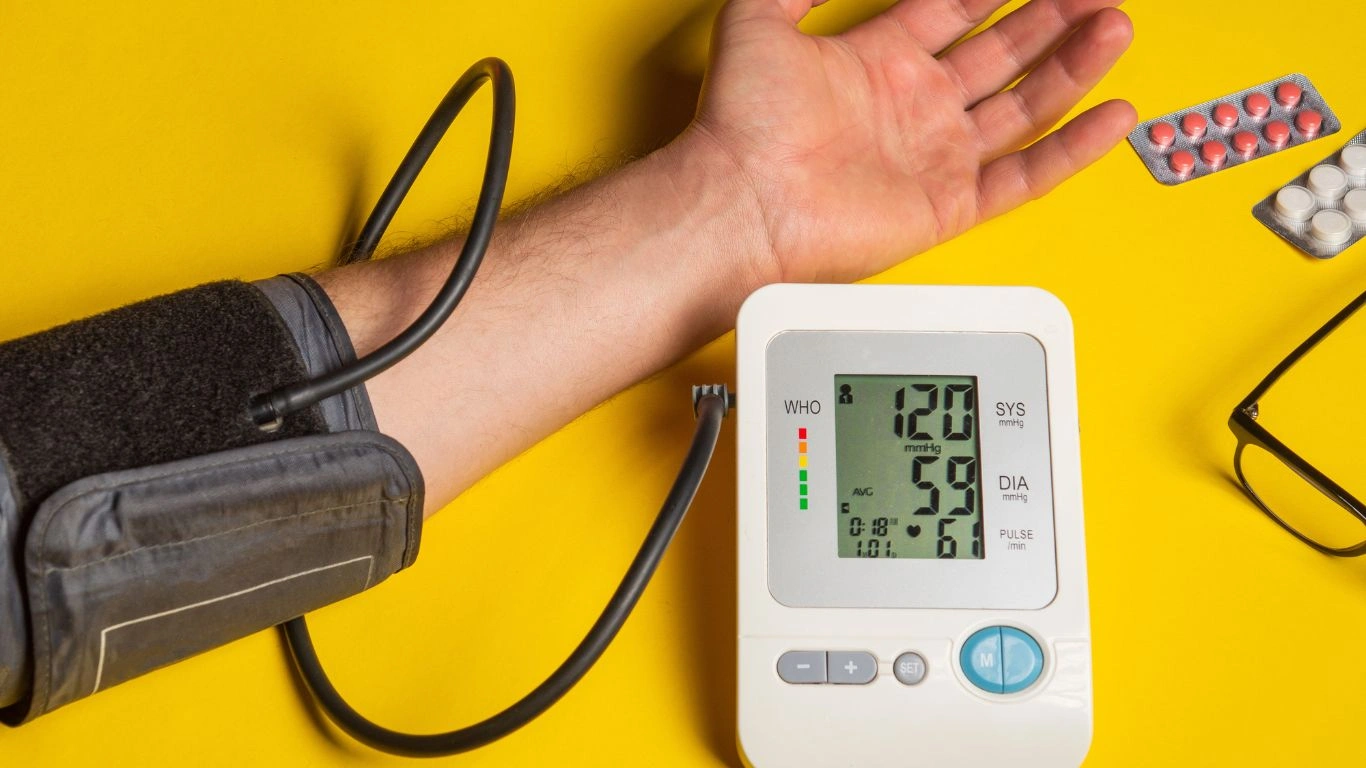
Here’s where things get a little tricky. Official guidelines haven’t yet embraced vitamin D as a primary treatment for hypertension. And honestly, that’s fair. The data is promising but still evolving. Most professional societies, like the American Heart Association, focus on proven interventions like diet (DASH diet), exercise, sodium reduction, and medication.
However, they do acknowledge the cardiovascular risks associated with vitamin D deficiency. And they recommend testing and supplementing in certain populations—especially those at high risk of deficiency or with overlapping chronic conditions.
In practice, what that means is this: we shouldn’t treat vitamin D like a substitute for blood pressure meds, but we also shouldn’t ignore it. It’s another tool in the toolbox. And sometimes, that’s all a patient needs to tip the scales in their favor.
The Practical Takeaway from My Practice
If I had to sum up my approach, it’d be this: check the vitamin D level in every patient with stubborn hypertension—especially if they’ve got other risk factors like obesity, darker skin, older age, or minimal sun exposure. You’d be surprised how many times the level comes back low. And when it does, correcting it often gives us a little bit of extra BP wiggle room, especially in combination with lifestyle changes.
So while we wait for large-scale trials to give us definitive answers, there’s no harm in exploring this connection responsibly and personally. In fact, that’s where good medicine often starts—with curiosity, observation, and a willingness to look beyond the obvious.
Can Vitamin D Improve Blood Pressure Long-Term?
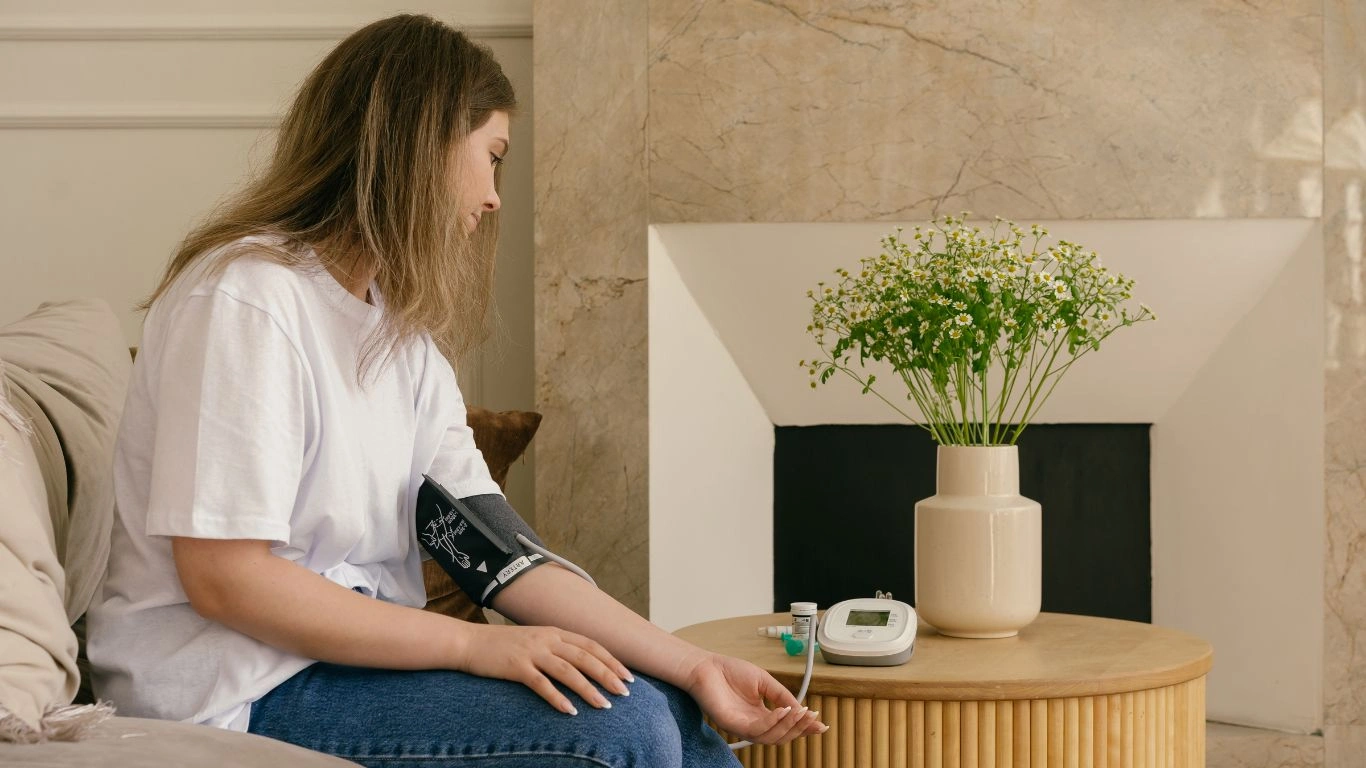
Now that we’ve covered the who, how, and how much, let’s talk longevity—can vitamin D improve blood pressure in the long run? That’s the million-dollar question. And while short-term studies have given us hopeful signs, long-term evidence is still catching up.
That said, I’ve followed some of my patients for years, and I can tell you—consistency matters. The ones who’ve stayed on top of their vitamin D, whether through sun, diet, or supplements, tend to have more stable blood pressure over time. It’s not always dramatic, but it’s enough to avoid increasing meds or having to add another pill.
Here’s something else: patients who commit to vitamin D often end up making other positive changes, too. They start walking more, eating better, getting outside. And that synergy—those lifestyle layers working together—is where the real magic happens.
Still, we’re not claiming vitamin D alone is a silver bullet. I always tell patients, “This isn’t going to replace your meds today. But it could help keep your BP in check longer, with fewer adjustments.” That’s a win in my book.
What About People Without Hypertension?
So what if your blood pressure is normal—should you still care about vitamin D? In my opinion, yes. There’s strong evidence that maintaining optimal vitamin D levels is a smart move for long-term cardiovascular health, even if your BP is currently within range.
I’ve seen patients in their 30s or 40s with borderline low vitamin D who feel tired, foggy, or just not like themselves. Once corrected, their energy improves, their sleep quality changes, and many report feeling “more balanced.” That foundation of wellness—while subtle—may contribute to fewer chronic conditions down the road.
And honestly, prevention is always easier than trying to reverse a full-blown condition. If we can keep blood vessels healthy, keep inflammation low, and keep BP from creeping up in the first place, why wouldn’t we?
Potential Risks and When to Be Cautious

Let’s keep it real—not everyone should be loading up on vitamin D without supervision. There are risks, especially if you’re over-supplementing.
- Toxicity: Very high levels (over 100 ng/mL) can lead to calcium buildup in the blood, which may cause nausea, vomiting, kidney damage, or even cardiac issues.
- Interactions: Vitamin D can interact with certain medications—like thiazide diuretics, steroids, and anticonvulsants—so your doctor needs to know what you’re taking.
- Kidney disease: People with chronic kidney issues may need a different form of vitamin D (like calcitriol), and dosing must be customized.
This is why I always recommend working with a healthcare provider to monitor levels and adjust accordingly. A simple blood test and honest chat with your doctor can prevent all sorts of complications.
And for the record—I’ve had patients self-treat with megadoses from social media trends. Please, just don’t. What works for one person may backfire for another. Your physiology deserves more precision than guesswork.
Final Thoughts: A Doctor’s Perspective on Vitamin D and BP
If you’ve made it this far, you’re clearly committed to understanding your health—and that’s half the battle. Based on what I’ve seen in both research and my day-to-day practice, vitamin D can absolutely play a supportive role in managing blood pressure, especially when there’s a deficiency involved.
But the key takeaway is this: don’t look at vitamin D in isolation. Look at it as one piece of your health puzzle. When combined with solid sleep, regular activity, healthy food, and stress reduction, vitamin D becomes a powerful ally. It doesn’t steal the show—it supports it.
So next time you check your BP, maybe also ask about your vitamin D. And if it’s low, don’t ignore it. It might just be the missing link you didn’t know you needed.
References
- National Institutes of Health (NIH)
- Health.com
- Centers for Disease Control and Prevention (CDC)
- Mayo Clinic
Disclaimer
This article is for informational purposes only and is not a substitute for professional medical advice, diagnosis, or treatment. Always seek the advice of your physician or qualified health provider with any questions you may have regarding a medical condition. Never disregard professional advice or delay in seeking it because of something you have read here.

Dr. Gwenna Aazee is a board-certified Internal Medicine Physician with a special focus on hypertension management, chronic disease prevention, and patient education. With years of experience in both clinical practice and medical writing, she’s passionate about turning evidence-based medicine into accessible, actionable advice. Through her work at Healthusias.com, Dr. Aazee empowers readers to take charge of their health with confidence and clarity. Off the clock, she enjoys deep dives into nutrition research, long walks with her rescue pup, and simplifying medical jargon one article at a time.

